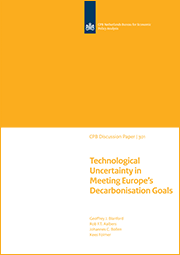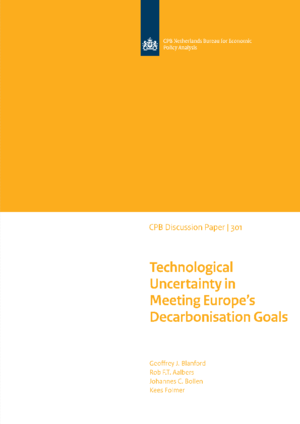Technological Uncertainty in Meeting Europe’s Decarbonisation Goals

In this paper, we use the MERGE model, a long-term optimization model of the global energy and climate systems with regional and technological detail, enhanced in this paper with a more detailed representation of investment and dispatch detail in Europe’s electric sector, to explore a wide range of possible technology futures under alternative emissions reduction goals. We find that, based on the revised modeling approach, wind energy is attractive for Europe in all scenarios, but to a varying extent ranging from under 15% to over 75%. One of its key disadvantages is to impose lower capacity factors on other technologies, an effect that can be partially mitigated with flexible operations such as joint production of hydrogen and electricity via gasification with CCS. Solar PV is almost never attractive for Europe as a whole, unless CCS and other technologies are significantly limited.
Downloads
.

